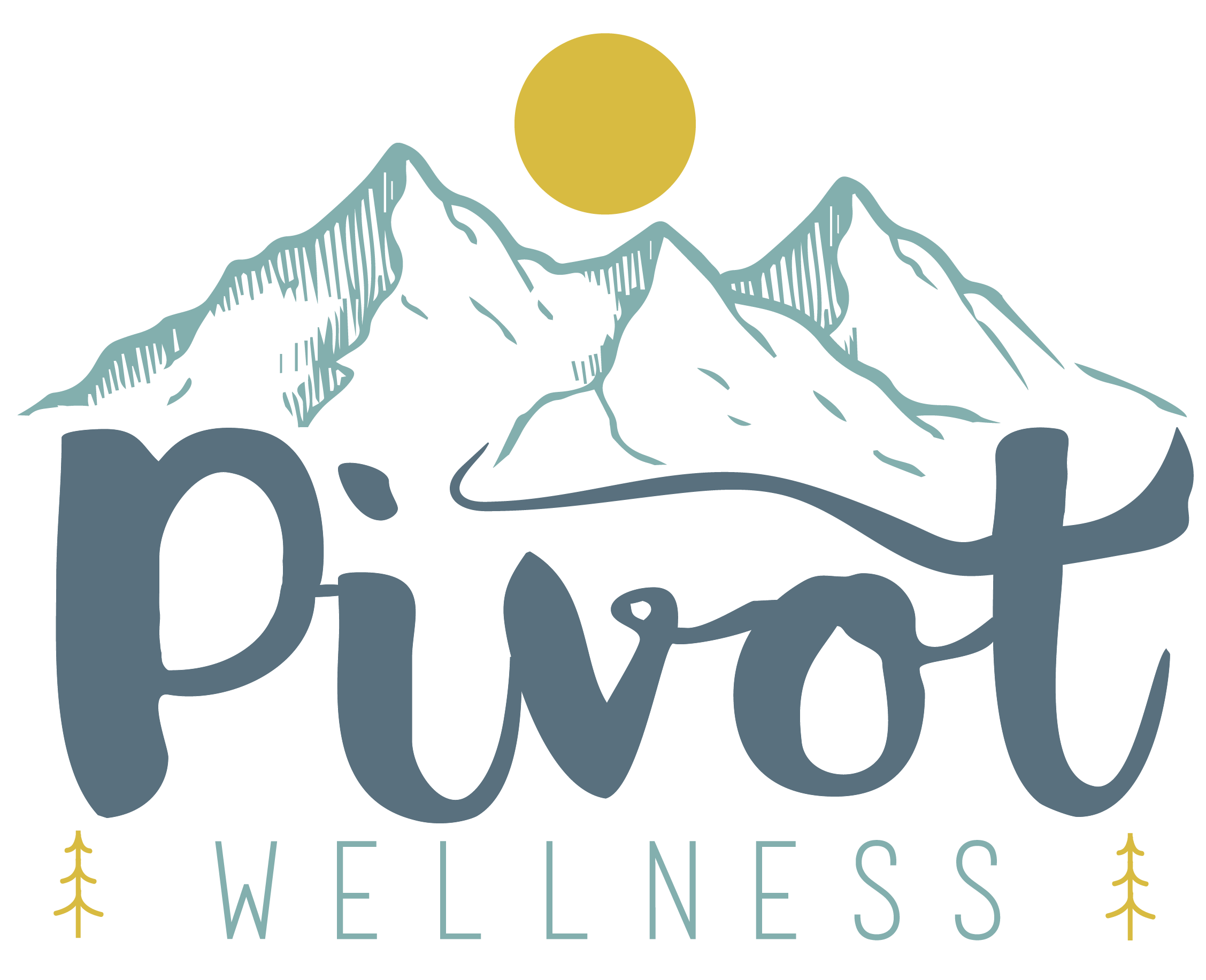Why a Positive Work Environment is in Everyone's Best Interest
Photo by Amy Hirschi on Unsplash
Companies are facing a serious problem
Gallup’s State of the Global Workplace report identified that 67% of the workplace is either not engaged or actively disengaged with their work. They go on to estimate that the actively disengaged employees cost the US alone $500-600 billion a year in lost productivity.
That’s HUGE!
Whether we are concerned about our company’s bottom line or the wellbeing of our employees, this is an alarming statistic. More and more, studies are supporting that when employees feel connected, joyful, and engaged, productivity goes up.
Prioritizing positivity is an evidence-based approach to addressing the reality of that statistic AND supporting the humans behind those numbers— both being very important facets of making change.
How you can shift your workplace toward the positive
We feel more motivated, engaged, and valued in our jobs when we pay attention to, honor, apply, and are supported in our strengths. So much powerful change in workplaces starts when we recognize and make room for this.
Simply put, a strengths-based approach, one that gets curious about strengths and how they can be used well, is often the difference between engaged, passionate employees that feel a connection to the work they and their employer are doing, and those we are “checked-out” or actively unhappy at work.
This is one example of prioritizing positivity— focusing on the positive attributes each person brings to the table rather than constantly pointing out where the team fell short. Even better than this, is actively showing appreciation for those strengths! Gratitude is one of the most powerful emotions to connect us with our inner state and with others. It shifts us from what is wrong, to what is working and life-enhancing. From THERE, we are infinitely more creative in our solving of “wrong.”
Prioritizing positive emotions means humanizing yourself and those around you. And when we share positive emotions with others, we open up, including them in our sense of self. This “inclusion side-effect” allows us to understand others’ complexities and perspectives. As a result, we enhance our bonds, trust in one another, and strengthen our ability to work through conflicts.
And THAT is one of the most powerful outcomes I see in teams and workplaces that practice prioritizing positivity before meetings, during big projects, and in the day-to-day.
Here are a few other ways to use this insight for better health & wellbeing…
Take breaks! With a problem-focused culture, there are always problems to be fixed which create workdays that are compacted with stressors. Most people are so deeply drained by their cycles of negative, narrowed emotional spirals, that they actually seek NUMBNESS, rather than feeling better. I challenge you to create a culture that encourages folks to check in with their energy levels, attention, and engagement and DO something about it when they are low. Taking a short break to care for individual needs can give us a quick but effective reset, making it easier to stay focused during those low-ebb hours.
Examples: a quick standing stretch, going to get a drink of water, checking in with a team member, going outside for fresh air, eating a snack, meditating, and if those don’t revive the circuitry, try changing tasks. Sometimes just allowing ourselves to step away from something for a moment is all we need to re-energize and return to a project with greater vibrancy.
Set the tone. Encourage connection, breaks, and intentionally positive emotional experiences in the culture. You can do this by shifting your leadership style, sharing these insights, and as a way to PREPARE for meetings and projects— especially during periods of high productivity.
Examples: Start your team meeting with specific praise for work someone did well. Incorporate light-hearted moments of fun. Schedule short breaks throughout the day (see above for inspiration). Closeout a project with group reflection. It only needs to take 5 minutes, especially if done regularly. During higher-intensity work periods, do it for longer and with more frequency— humans need it to manage the increased output without burning out.
Keep a finger on the pulse of negativity and disengagement in your teams and leadership. This could be in harsh or critical communication, apathy for projects or company, diminished quality of work, low creativity or interest in solutions... When you find these areas, get curious about the needs of the team and individuals, ask questions, and experiment with intentionally positive action to support the people and the bottom line.
Now What?
Try these out with your team, share these insights, and explore more. Test them out on yourself— take note of how it feels to take that break or share that praise. If you manage a team, incorporate these techniques and ask for their input.
Start small and simple while pushing forward, stepping out of the team’s comfort zone. It will take some effort, courage, and commitment and bring inevitably positive results.
And if you need some guidance on what your team needs or how to best create a healthier, happier work environment, please reach out. Leave a comment or contact me here.

